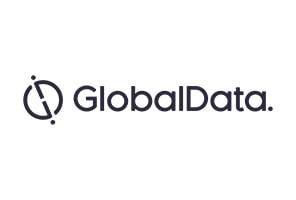
Post-traumatic stress disorder (PTSD) is a psychiatric disorder that occurs in those who have experienced or witnessed a traumatic event. This disorder commonly affects soldiers after deployment, and can also affect victims of rape, terrorist attacks, and natural disasters. Symptoms of PTSD include: ‘re-experiencing’ distressing memories, hypervigilance, heavy perspiration, dissociation, and avoidance.
A lack of tailored PTSD treatments drives pharmaceutical development
The report Post-Traumatic Stress Disorder (PTSD): Opportunity Analysis and Forecasts to 2028 segments patient populations into subtypes based on symptom onset. For someone to be diagnosed with PTSD, symptoms must be present and persistent for more than one month.
There are three classifications of the disease: Acute PTSD, Chronic PTSD, and Delayed-onset PTSD. Acute PTSD is classified as symptom onset occurring before, or equal to, three months after a traumatic experience. Chronic PTSD is when symptom onset occurs between three and six months after an experience. Delayed-onset PTSD is when symptoms appear after six months. The most prevalent form of the condition is Chronic PTSD, and two pipeline products are currently being developed to treat this classification of the disorder.
SSRIs Zoloft (sertraline hydrochloride) and Paxil (paroxetine hydrochloride) are the only approved PTSD therapies on the market. Both medicines have demonstrated inadequacies in treating PTSD, and can even increase impulsiveness and suicidal behaviour. The PTSD market is highly underserved, and physicians usually prescribe off-label therapies with indeterminable efficacy due to a lack of options. A trial-and-error approach to treatment is risky for patients, and therefore needs to be changed. Treatments need to be tailored to patient needs to boost the likelihood of symptom amelioration.
GlobalData projects drug sales for PTSD in the seven major markets (7MM: the US, France, Germany, Italy, Spain, the UK, and Japan) will grow from $211.4 million in 2018 to $1.2 billion in 2028, at a CAGR of 18.7%. The growth will be driven by the development of five late-stage pipeline products. At present, the two highest-selling drugs look to be Otsuka’s Brexipiprazole and MAPS’s Midomafetamine, which both address unmet needs in the PTSD market.
Key highlights of the report include:
- An overview of PTSD, including epidemiology, etiology, pathophysiology, symptoms, diagnosis and disease management
- A snapshot of the PTSD market revenue, cost of therapy, and treatment usage patterns
- Competitor assessment, market characterisation, unmet needs, and clinical trial mapping
- Analysis of current and future market competition in the global PTSD therapeutics market
GlobalData’s report will allow the reader to develop strategies by understanding vital market trends that are shaping the global PTSD market. It enables the identification of emerging players that potentially have relevant product portfolios in order to gain a competitive advantage and the organisation of sales and marketing efforts to maximise profits.
To learn more about this report, visit GlobalData’s Report Store.



